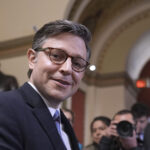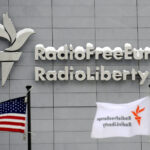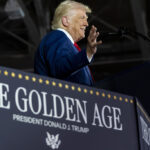Oil prices jump back above $100 per barrel and raise the pressure again on inflation, as Wall Street is going up and down by the minute as markets are trying to figure out the affects that the Russia-Ukraine war is going to have. The S&P 500 was drifting between small gains and losses in early trading, after surging more than 2% in each of the prior two days for its best back-to-back performance in nearly two years. As reported by the AP:
They’re the latest swings for markets, and oil, as investors struggle to handicap what will happen to the economy and the world’s already high inflation because of Russia’s Ukraine invasion
NEW YORK (AP) — Wall Street’s big two-day rally is stalling on Thursday as oil prices jump back above $100 per barrel and raise the pressure again on inflation.
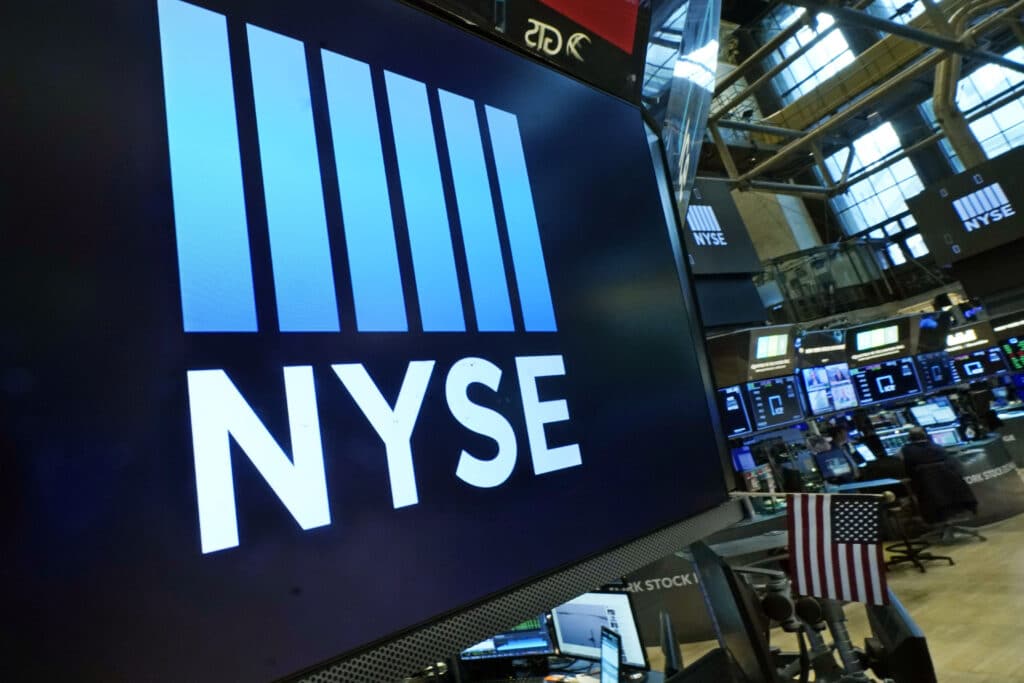
The S&P 500 was drifting between small gains and losses in early trading, after surging more than 2% in each of the prior two days for its best back-to-back performance in nearly two years. It was 0.1% higher, as of 10:02 a.m. Eastern time. The Dow Jones Industrial Average was up 21 points, or 0.1%, at 34,084, and the Nasdaq composite was 0.3% higher.
They’re the latest swings for markets as investors struggle to handicap what will happen to the economy and the world’s already high inflation because of Russia’s invasion of Ukraine, higher interest rates from central banks around the world and renewed COVID-19 worries in various hotspots.
A barrel of U.S. crude oil jumped 7.1% to $101.90, while Brent crude, the international standard, leaped 7.7% to $105.59 per barrel. Such moves have become the norm recently, as prices careen on uncertainties about both supplies of and demand for oil. A barrel of U.S. crude went from $130 early last week close to $94 on Wednesday.
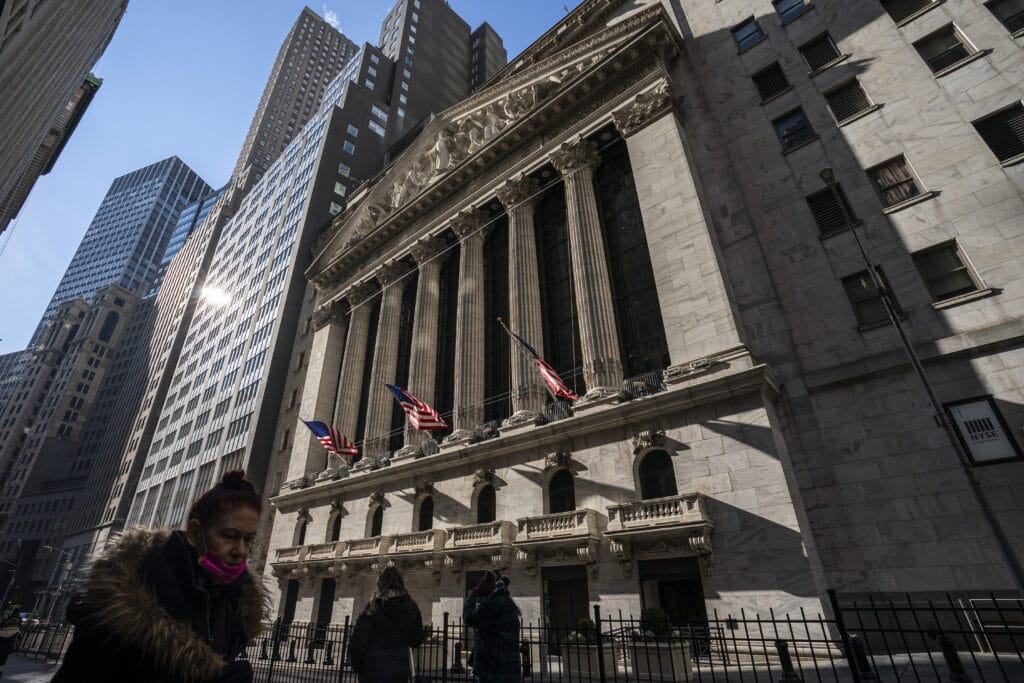
Dribbles of news about the state of negotiations between Russia and Ukraine have caused many of the sharp reversals. So too recently have worries about economic shutdowns in China because of surges in COVID-19 infections, which could hit demand for energy.
On Thursday, the Chinese government said companies in Shenzhen, a major business center, will be allowed to reopen while efforts to contain coronavirus outbreaks progress. Their earlier closures had rattled financial markets. That followed a promise on Wednesday to “invigorate the economy” with market-friendly policies.
The Hang Seng stock index in Hong Kong, which neighbors Shenzhen, surged 7% to continue a wild run. Earlier this week, it went from a 5% drop to a 5.7% plunge to a 9.1% surge.
All the wild movements are coming amid uncertainty about whether the economy is heading for a painful combination of stagnating growth and persistently high inflation.
Behind it all, the Federal Reserve and other central banks are trying to slow the economy enough to snuff out high inflation but not so much as to cause a recession. The Bank of England has been one of the most aggressive, and it raised its key interest rate on Thursday for the third time since December. A day earlier, the Fed raised its key rate for the first time since 2018.
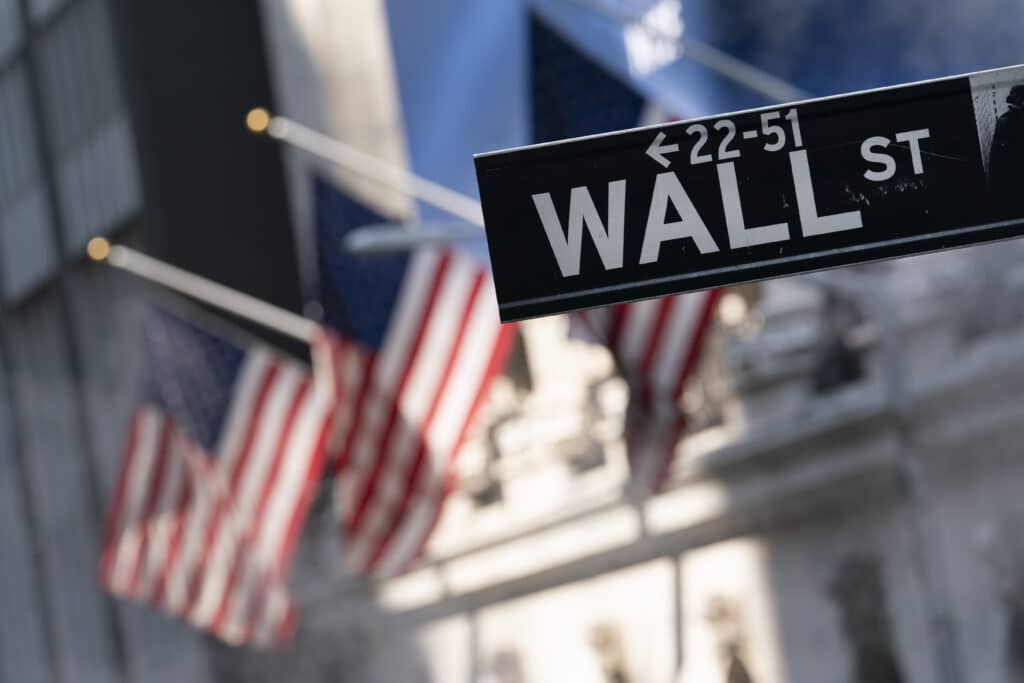
It’s a delicate dance, and the surge in U.S. stock prices on Wednesday seems to indicate some investors see it succeeding.
“Far from choking off growth, the start of the Fed tightening cycle seems to have been greeted warmly,” Chris Turner and Francesco Pesole of ING said in a report. “Investors are cheering measures to address high inflation.”
A wave of better-than-expected reports on the U.S. economy Thursday may also have helped. Fewer workers applied for unemployment claims last week, and builders broke ground on more homes last month than economists expected. A third report, meanwhile, showed that manufacturing in the mid-Atlantic region was stronger than expected. That potentially eased some of the worry from an earlier report that showed the weakest activity in New York state since early in the pandemic.
Treasury yields were mixed. The yield on the 10-year Treasury fell to 2.17% from 2.19% late Wednesday.
By STAN CHOE Business Writer
Business Writer Joe McDonald contributed.

